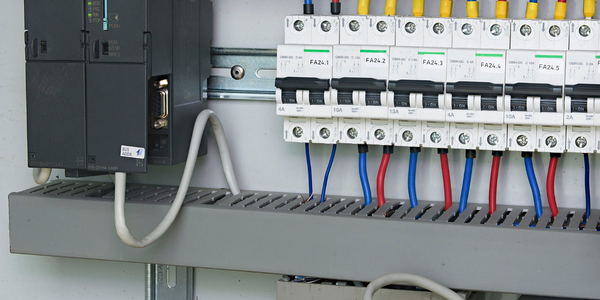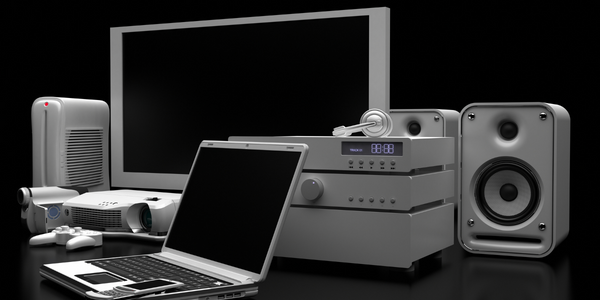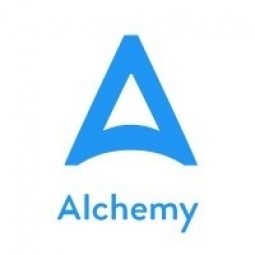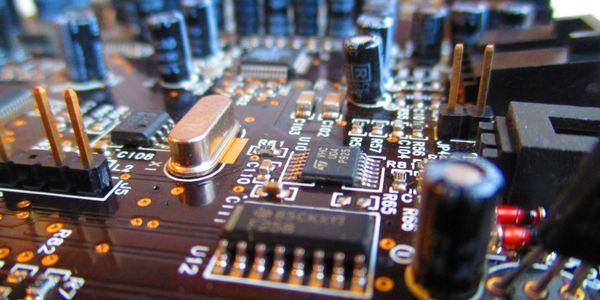技术
- 应用基础设施与中间件 - 数据交换与集成
- 平台即服务 (PaaS) - 应用开发平台
适用行业
- 电子产品
适用功能
- 产品研发
- 质量保证
用例
- 实验自动化
服务
- 系统集成
- 测试与认证
关于客户
Borchers 是美利肯公司 (Milliken & Co.) 旗下公司,是涂料添加剂和特种催化剂解决方案的全球制造商和领先供应商。他们的产品,包括无钴催干剂、分散剂等,用于增强各种应用和行业的涂料。作为一家全球制造商,Borchers在美国、德国和中国均设有技术服务团队。该公司优先考虑组织内部和外部的快速响应时间和有效协作,以满足不断变化的客户需求。
挑战
Borchers 是美利肯公司 (Milliken & Co.) 旗下公司,是涂料添加剂和特种催化剂解决方案的全球制造商和领先供应商。 Borchers 在美国、德国和中国设有技术服务团队,面临着满足不断变化的客户需求、同时遵守日益严格的环境法规和特定市场需求的挑战。该公司优先考虑组织内外的快速响应时间和有效协作。然而,缺乏统一的应用程序开发和测试系统带来了重大挑战。该公司需要一个可以简化流程每个步骤(从机会和项目到配方、测试、分析、反馈等)的数据捕获的解决方案。
解决方案
Borchers 选择了 Alchemy 的全球电子实验室笔记本 (ELN) 和实验室信息管理系统 (LIMS) 来应对挑战。 Alchemy 的 ELN 和 LIMS 的集成为 Borchers 的应用程序开发和测试提供了统一的系统。该系统使 Borchers 能够轻松捕获流程每个步骤的数据。 Alchemy 的动态比较表简化了制定和分析。 Borchers 可以使用 Alchemy 搜索和重复使用以前的配方和结果,跟踪项目管理,包括状态、结果和商业成功。该系统还促进了与客户在安全的数字空间中的协作,为销售团队提供了实验室项目的可见性,解决了流程瓶颈,并通过与实验室仪器集成简化了数据捕获和分析。
运营影响
数量效益

Case Study missing?
Start adding your own!
Register with your work email and create a new case study profile for your business.
相关案例.

Case Study
Remote Temperature Monitoring of Perishable Goods Saves Money
RMONI was facing temperature monitoring challenges in a cold chain business. A cold chain must be established and maintained to ensure goods have been properly refrigerated during every step of the process, making temperature monitoring a critical business function. Manual registration practice can be very costly, labor intensive and prone to mistakes.

Case Study
Predictive maintenance in Schneider Electric
Schneider Electric Le Vaudreuil factory in France is recognized by the World Economic Forum as one of the world’s top nine most advanced “lighthouse” sites, applying Fourth Industrial Revolution technologies at large scale. It was experiencing machine-health and unplanned downtime issues on a critical machine within their manufacturing process. They were looking for a solution that could easily leverage existing machine data feeds, be used by machine operators without requiring complex setup or extensive training, and with a fast return on investment.

Case Study
Cloud Solution for Energy Management Platform-Schneider Electric
Schneider Electric required a cloud solution for its energy management platform to manage high computational operations, which were essential for catering to client requirements. As the business involves storage and analysis of huge amounts of data, the company also needed a convenient and scalable storage solution to facilitate operations efficiently.

Case Study
Leveraging the IoT to Gain a Competitive Edge in International Competition
Many large manufacturers in and outside Japan are competing for larger market share in the same space, expecting a growing demand for projectors in the areas of entertainment, which requires glamor and strong visual performance as well as digital signage that can attract people’s attention. “It is becoming more and more difficult to differentiate ourselves with stand-alone hardware products,” says Kazuyuki Kitagawa, Director of Service & Support at Panasonic AVC Networks. “In order for Panasonic to grow market share and overall business, it is essential for us to develop solutions that deliver significant added value.” Panasonic believes projection failure and quality deterioration should never happen. This is what and has driven them to make their projectors IoT-enabled. More specifically, Panasonic has developed a system that collects data from projectors, visualizes detailed operational statuses, and predicts issues and address them before failure occurs. Their projectors are embedded with a variety of sensors that measure power supply, voltage, video input/ output signals, intake/exhaust air temperatures, cooling fan operations, and light bulb operating time. These sensors have been used to make the projector more intelligent, automatically suspending operation when the temperature rises excessively, and automatically switching light bulbs. Although this was a great first step, Panasonic projectors were still not equipped with any capability to send the data over a network.









